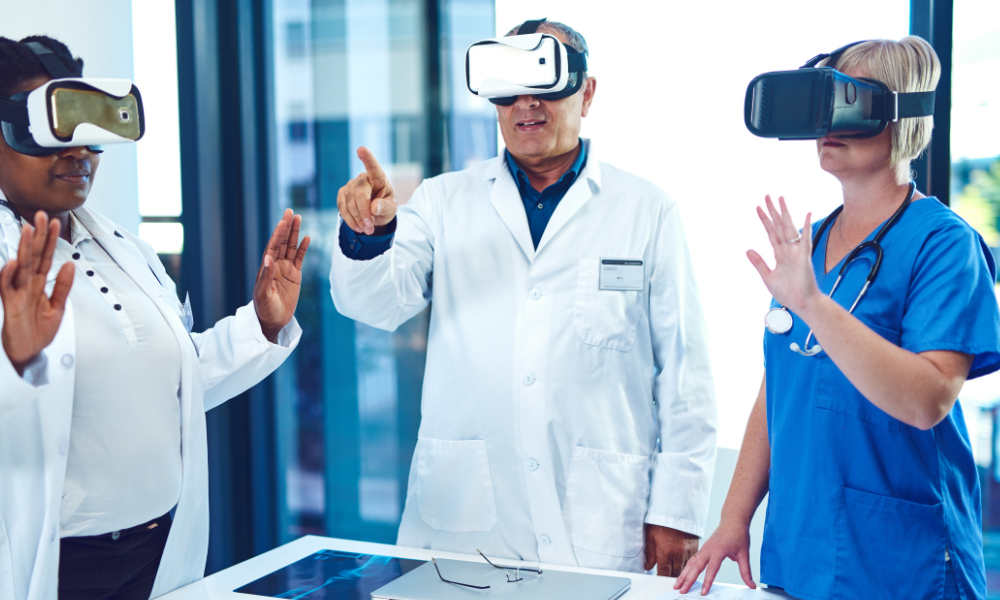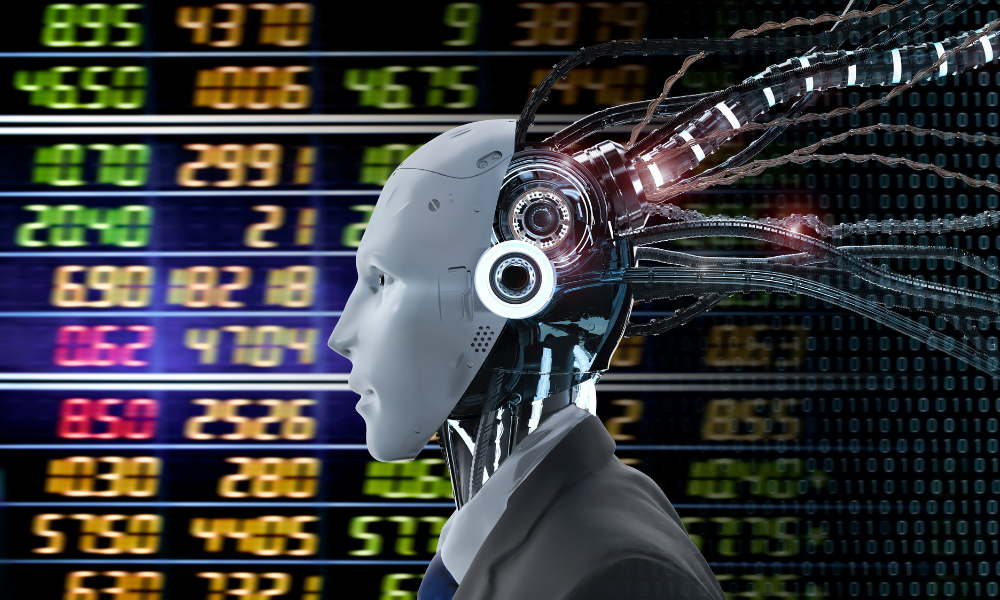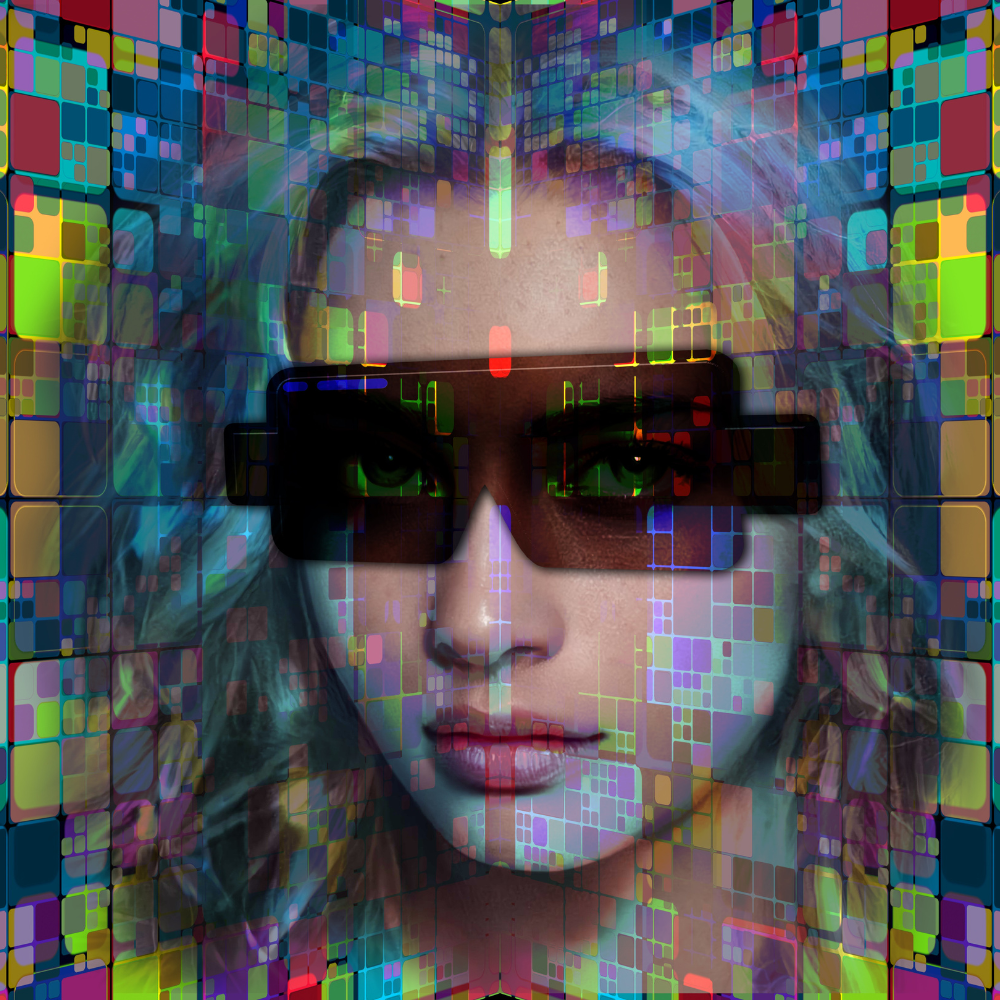In the realm of machine learning, having the right tools at your disposal can make all the difference between a cumbersome, error-prone process and a smooth, efficient workflow. From data preprocessing to model development, evaluation, deployment, and visualization, a plethora of tools and libraries exist to support every stage of the machine learning pipeline. In this comprehensive guide, we'll explore some of the most essential tools and libraries that every machine learning practitioner should be familiar with.
Data Preprocessing Tools and Libraries: Before diving into model development, data preprocessing lays the foundation for a successful machine learning project. Libraries such as Pandas and NumPy are indispensable for data manipulation and numerical computing, offering powerful tools for handling datasets of various sizes and formats. Additionally, scikit-learn provides a rich collection of data preprocessing utilities, including scaling, encoding categorical variables, and handling missing values.
Model Development Tools and Libraries: When it comes to building machine learning models, TensorFlow, PyTorch, and Keras stand out as the go-to libraries for many practitioners. TensorFlow, developed by Google, offers a flexible and scalable platform for building and training deep learning models. PyTorch, favored for its dynamic computation graph, provides a more intuitive interface for researchers and developers alike. Keras, built on top of TensorFlow and compatible with both TensorFlow and Theano, simplifies the process of building neural networks through its high-level API.
Model Evaluation Tools and Libraries: Evaluating the performance of machine learning models is crucial for assessing their effectiveness and identifying areas for improvement. Scikit-learn's metrics module offers a comprehensive suite of evaluation metrics, including accuracy, precision, recall, F1-score, and ROC-AUC. Cross-validation techniques, also available in scikit-learn, enable robust estimation of model performance on unseen data by partitioning the dataset into multiple subsets for training and testing.
Deployment Tools and Libraries: Bringing machine learning models into production requires specialized tools and frameworks designed for scalability, reliability, and efficiency. TensorFlow Serving, a flexible and high-performance serving system, facilitates the deployment of TensorFlow models in production environments. TensorFlow Lite, optimized for mobile and embedded devices, allows for on-device inference with minimal latency and resource usage. ONNX (Open Neural Network Exchange) provides an interoperable format for representing trained models, enabling seamless integration with various deployment platforms and frameworks.
Visualization Tools and Libraries: Visualizing data and model outputs is essential for gaining insights, communicating results, and debugging models. Matplotlib, a versatile plotting library, offers a wide range of visualization options for exploring datasets, analyzing model performance, and presenting findings. Seaborn, built on top of Matplotlib, provides high-level functions for creating attractive statistical graphics. Plotly, known for its interactive and web-based visualizations, enables the creation of dynamic charts and dashboards for sharing insights with stakeholders.
In the dynamic and rapidly evolving field of machine learning, staying abreast of the latest tools and libraries is essential for success. By leveraging the power of tools such as Pandas, NumPy, scikit-learn, TensorFlow, PyTorch, Keras, and others, practitioners can streamline their workflows, build more robust models, and unlock new opportunities for innovation. Whether you're a novice exploring the fundamentals of machine learning or a seasoned professional pushing the boundaries of artificial intelligence, mastering these essential tools and libraries is key to unlocking the full potential of machine learning.











